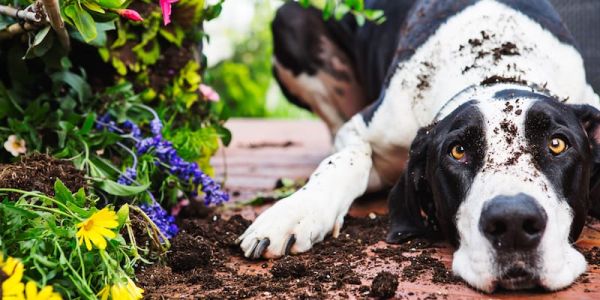|
Here are a few of the behavioural issues we talk about with our clients on a daily basis.
Dog Behaviour
Barking: It's important to understand that barking is a normal way that dogs communicate with others. Dogs might bark to get attention, during play, hunting, territorial defence, and in fearful and anxious situations. We can help you identify the reason your dog is barking and provide advice about how to control it.
Aggression: Many clients ask how to control aggressive behaviour in their dog. Remember that aggression is a normal behaviour expressed by dogs in a variety of situations. All questions about aggressive behaviour need to be dealt with professionally by us so that a full work-up can be performed and treatment plan formulated.
Destructive behaviour: Dogs do not destroy things vindictively and there are many other reasons your dog may be destructive including boredom, inadequate exercise, investigation, anxiety, fear or phobias. We'll try to determine the cause of your dog's destructive behaviour and what to do about it.
Cat Behaviour
Scratching: Scratching is normal cat behaviour that is used to communicate or mark territory. It's something they must do and it can be easier to direct their scratching towards an acceptable surface, especially in the early stages, rather than trying to stop the damage later. Ask us for tips.
Yowling: Owners can find that this is a common problem, particularly early in the morning. This might occur because your cat is hungry, in pain, seeking attention, demanding food or defending his territory.
Spraying: This problem is frequently reported to us by cat owners. You can read more about this issue in the article below.
If you have a question about your pet's behaviour, we are the best people to ask.
|
